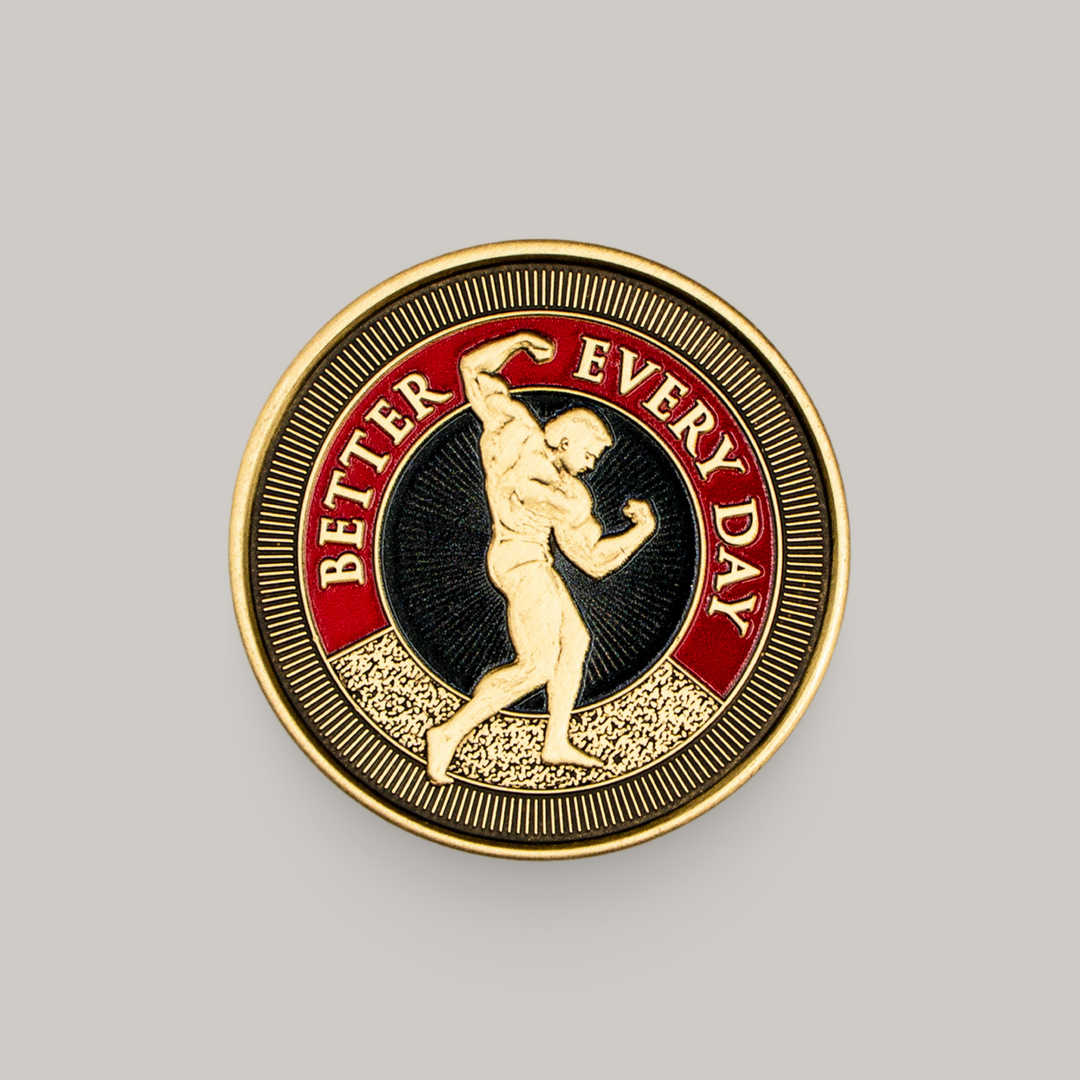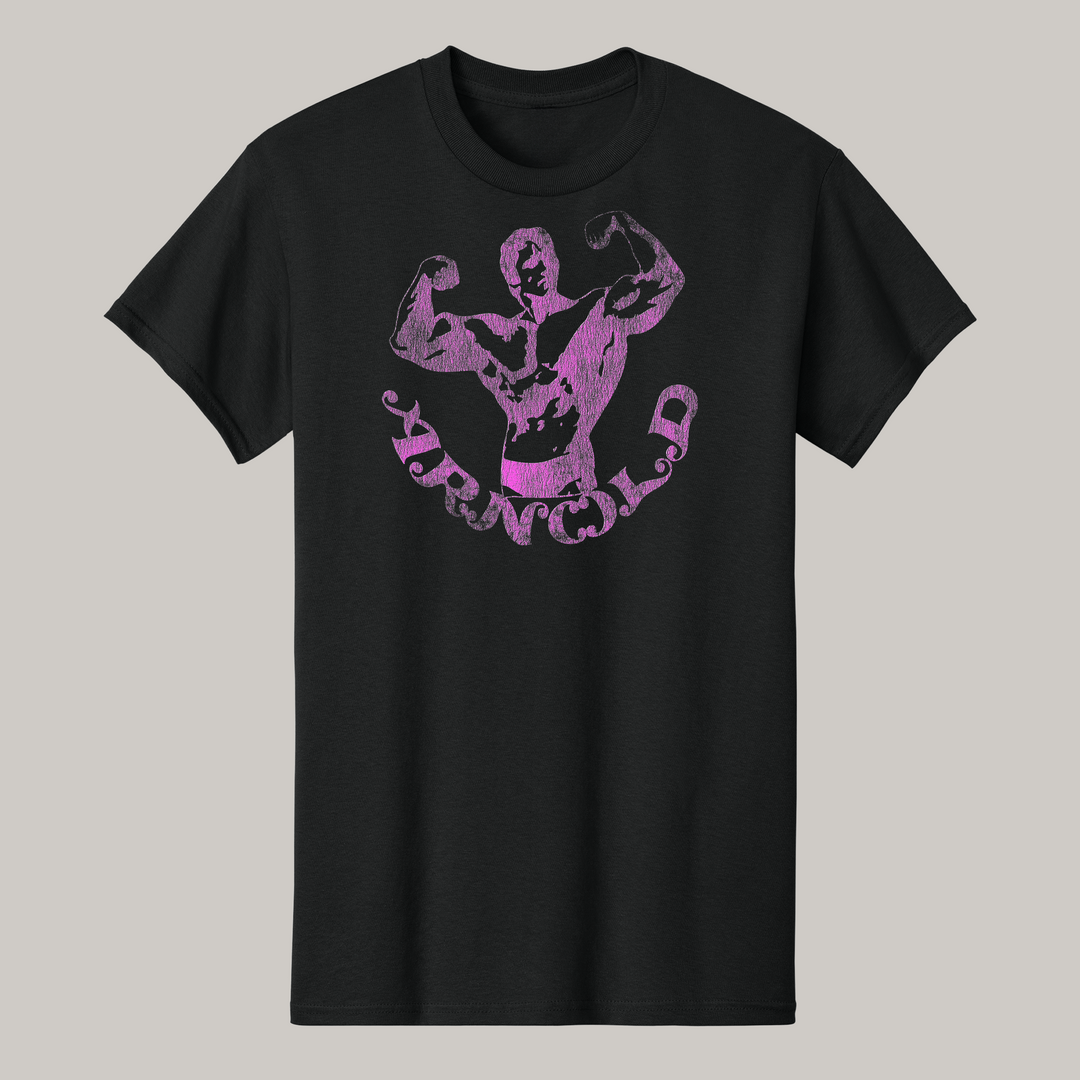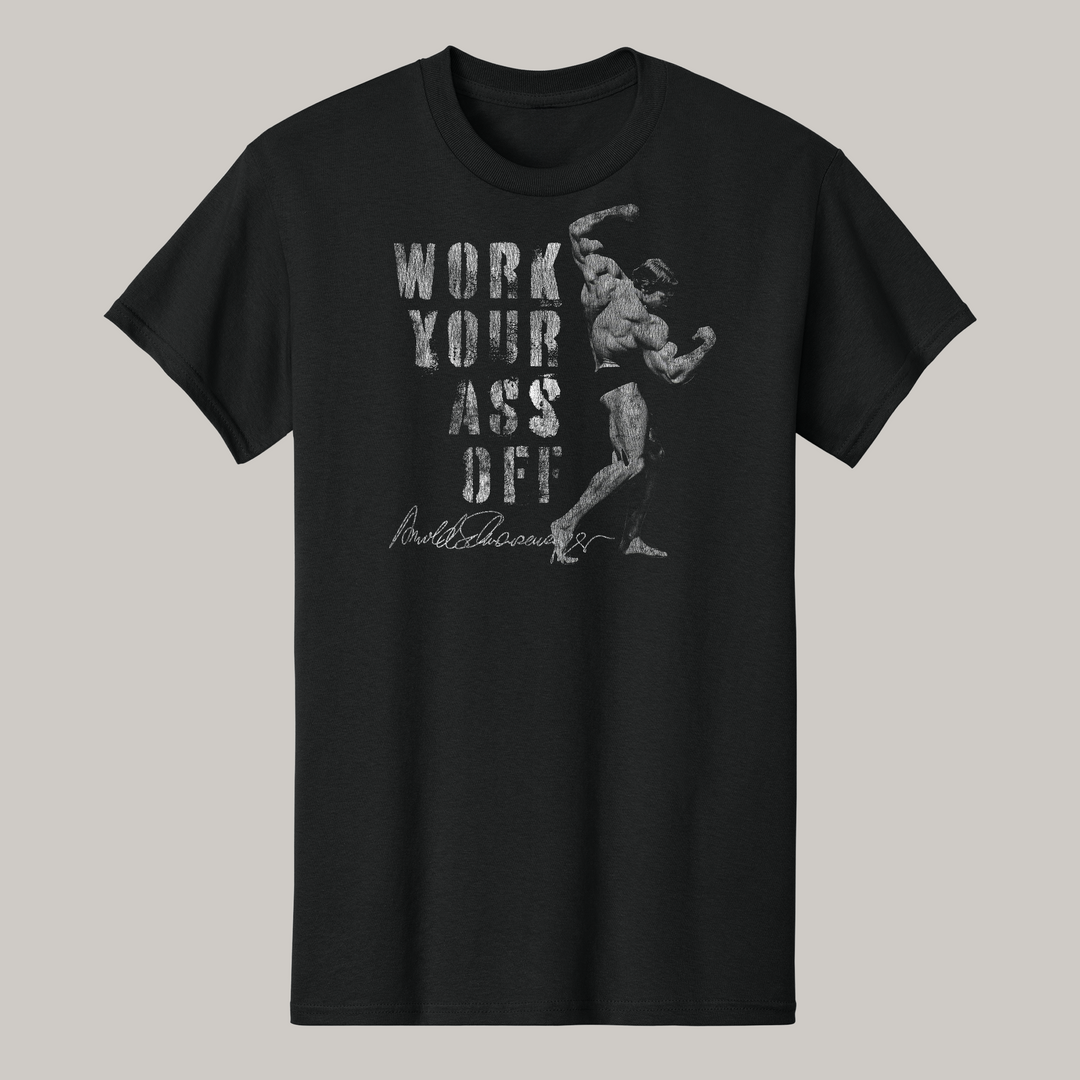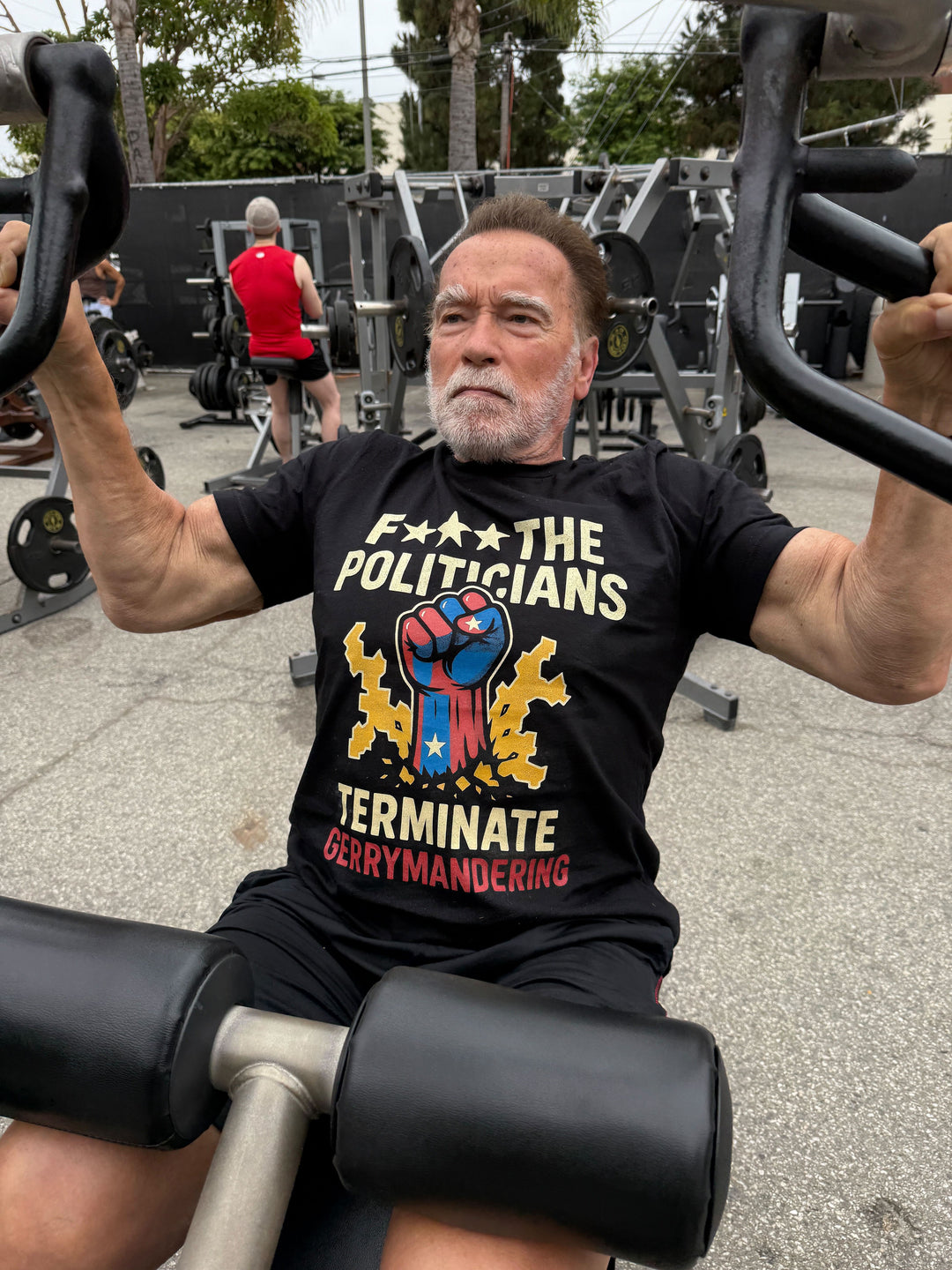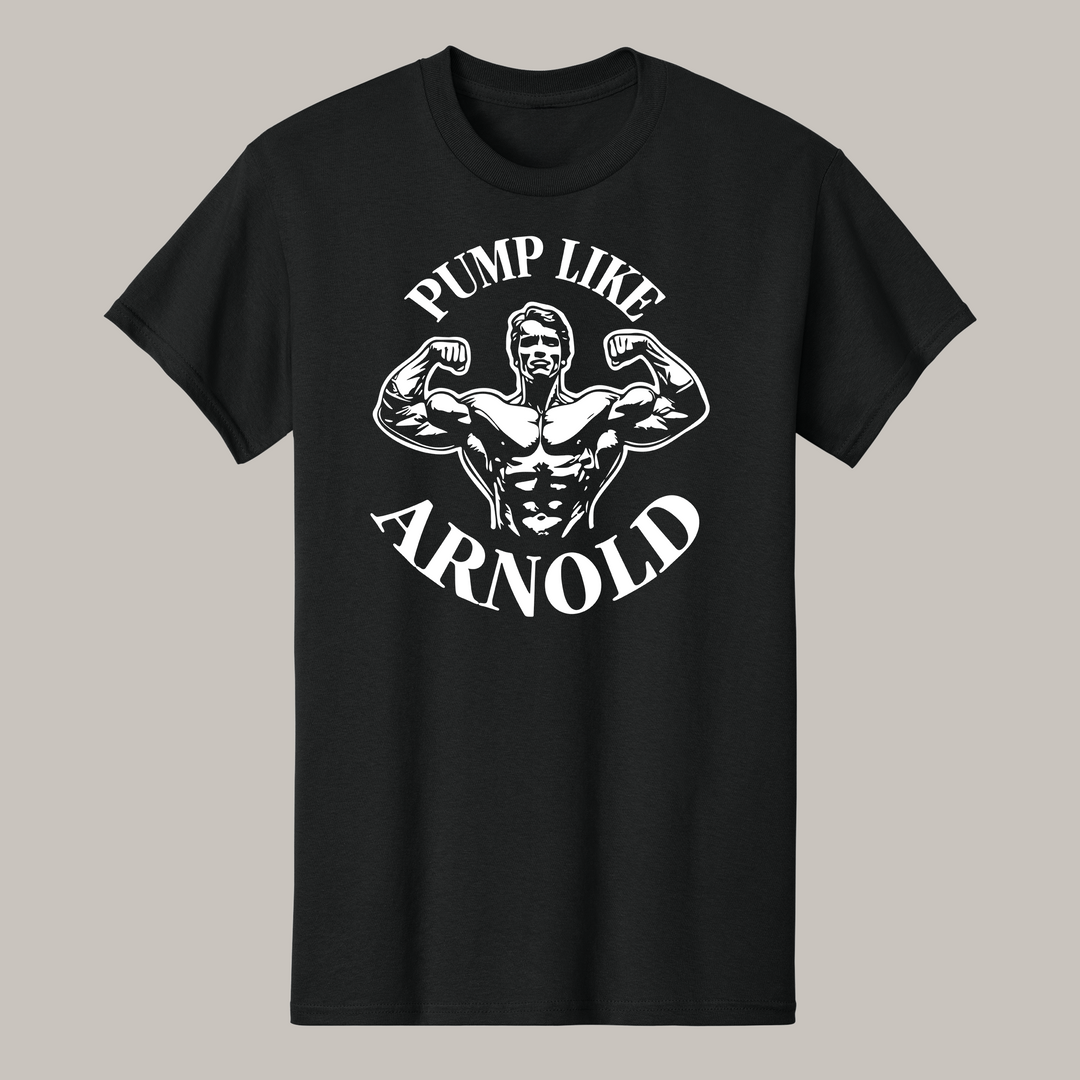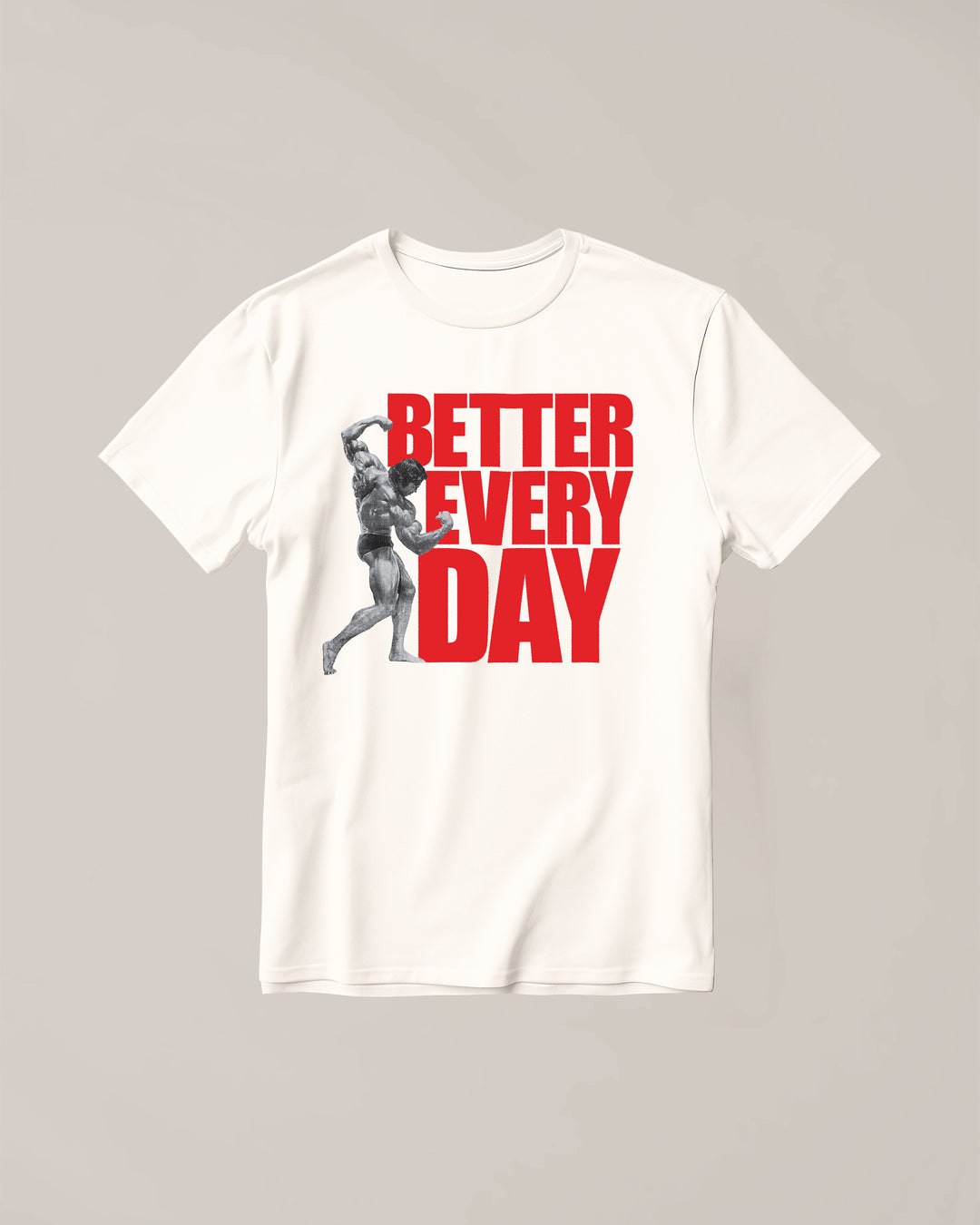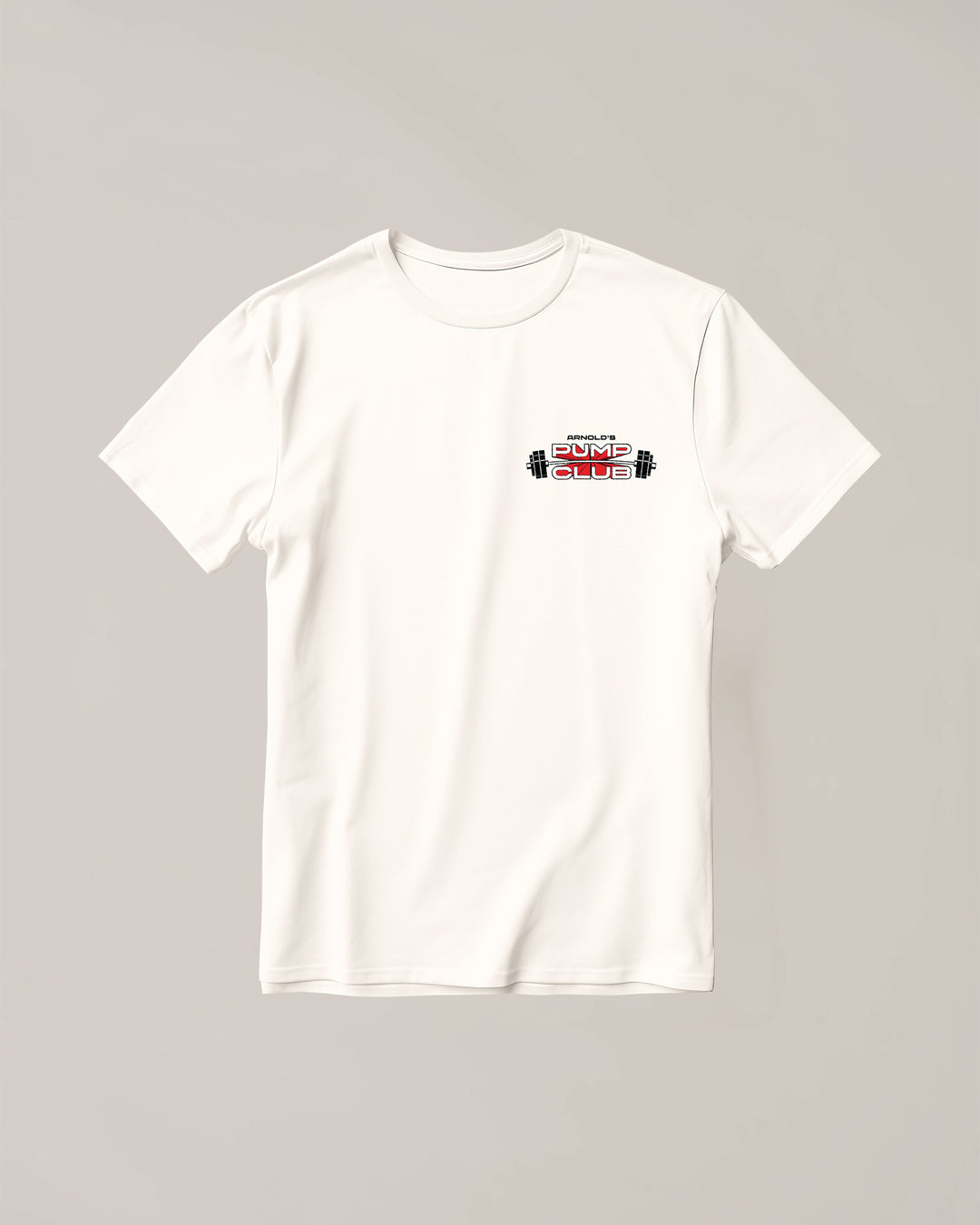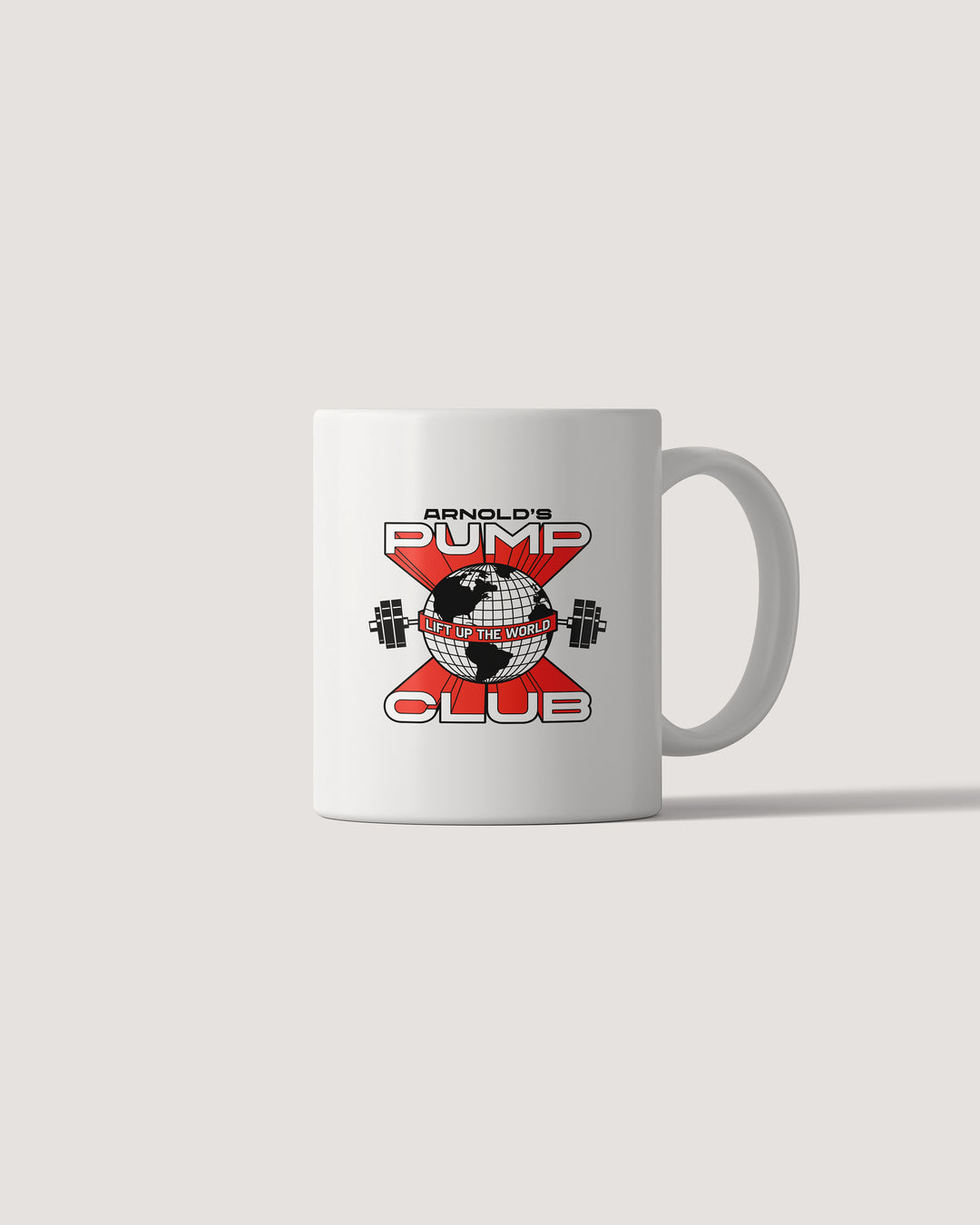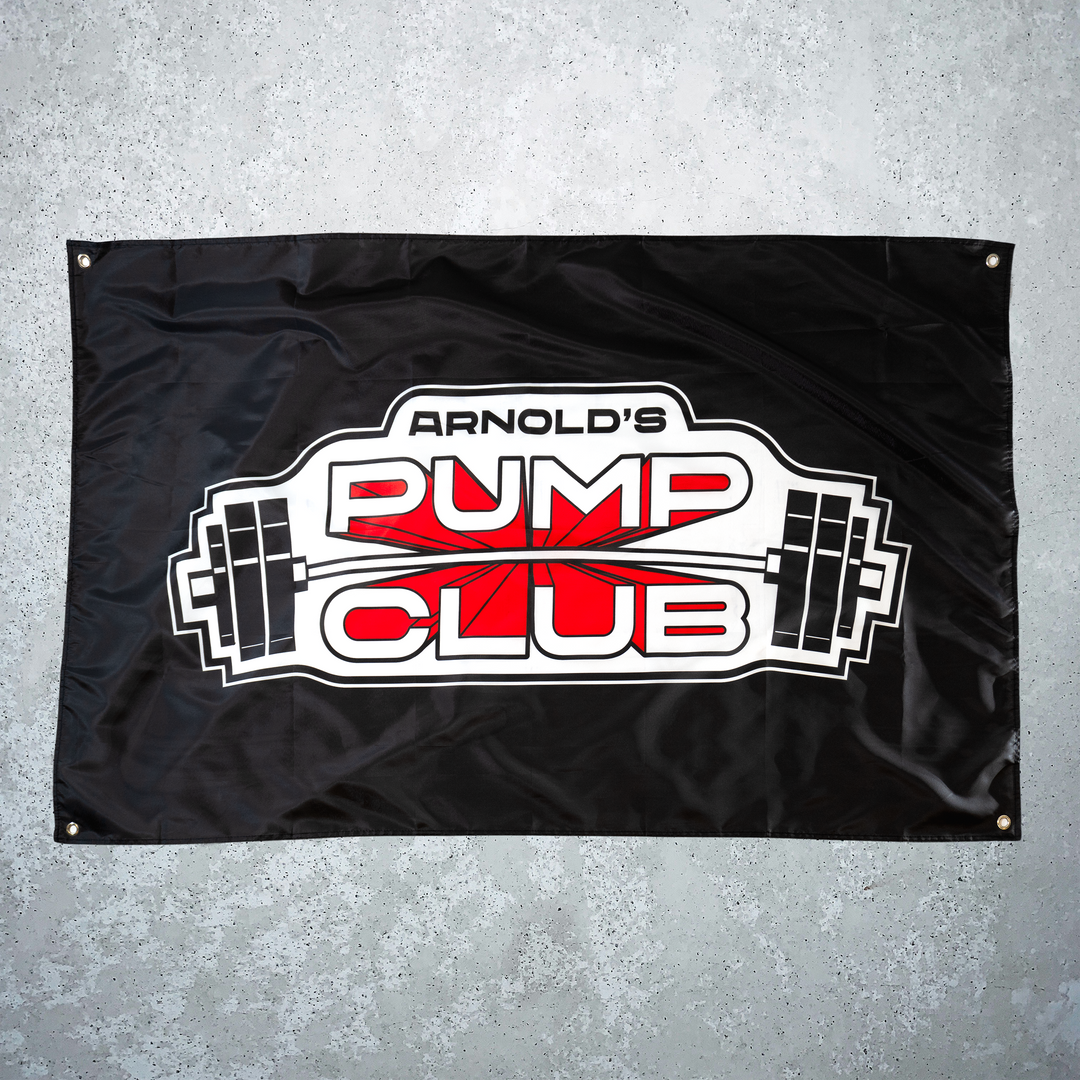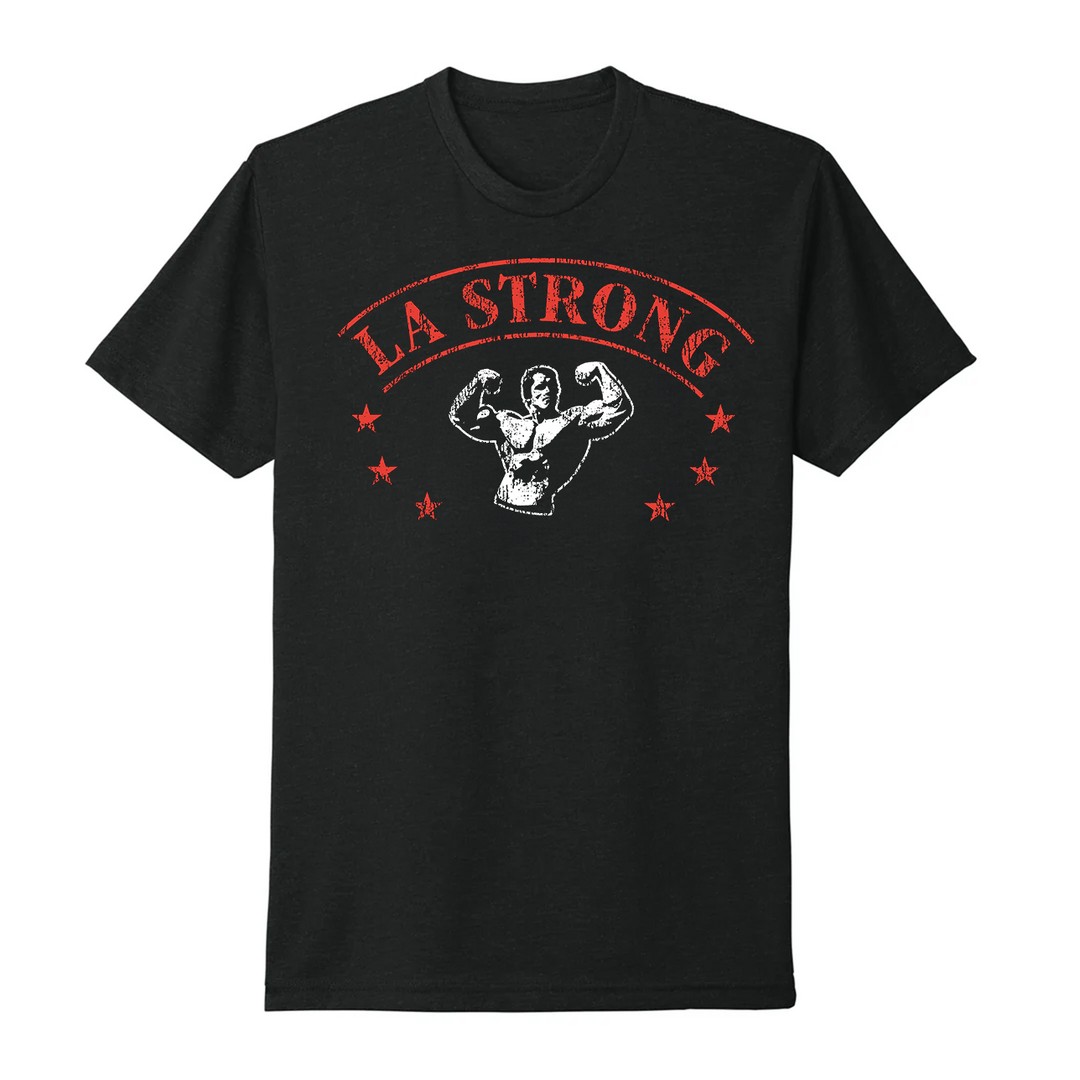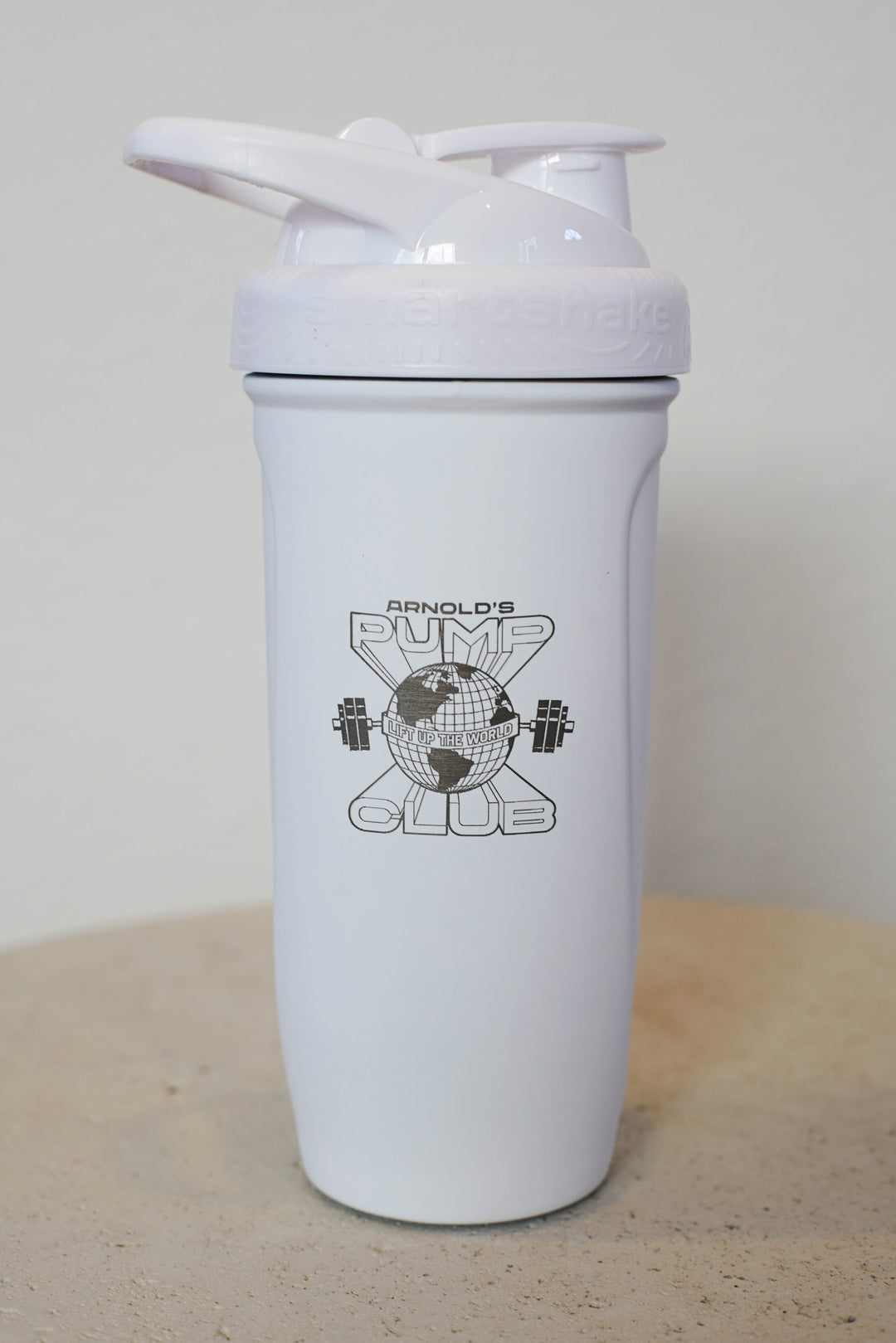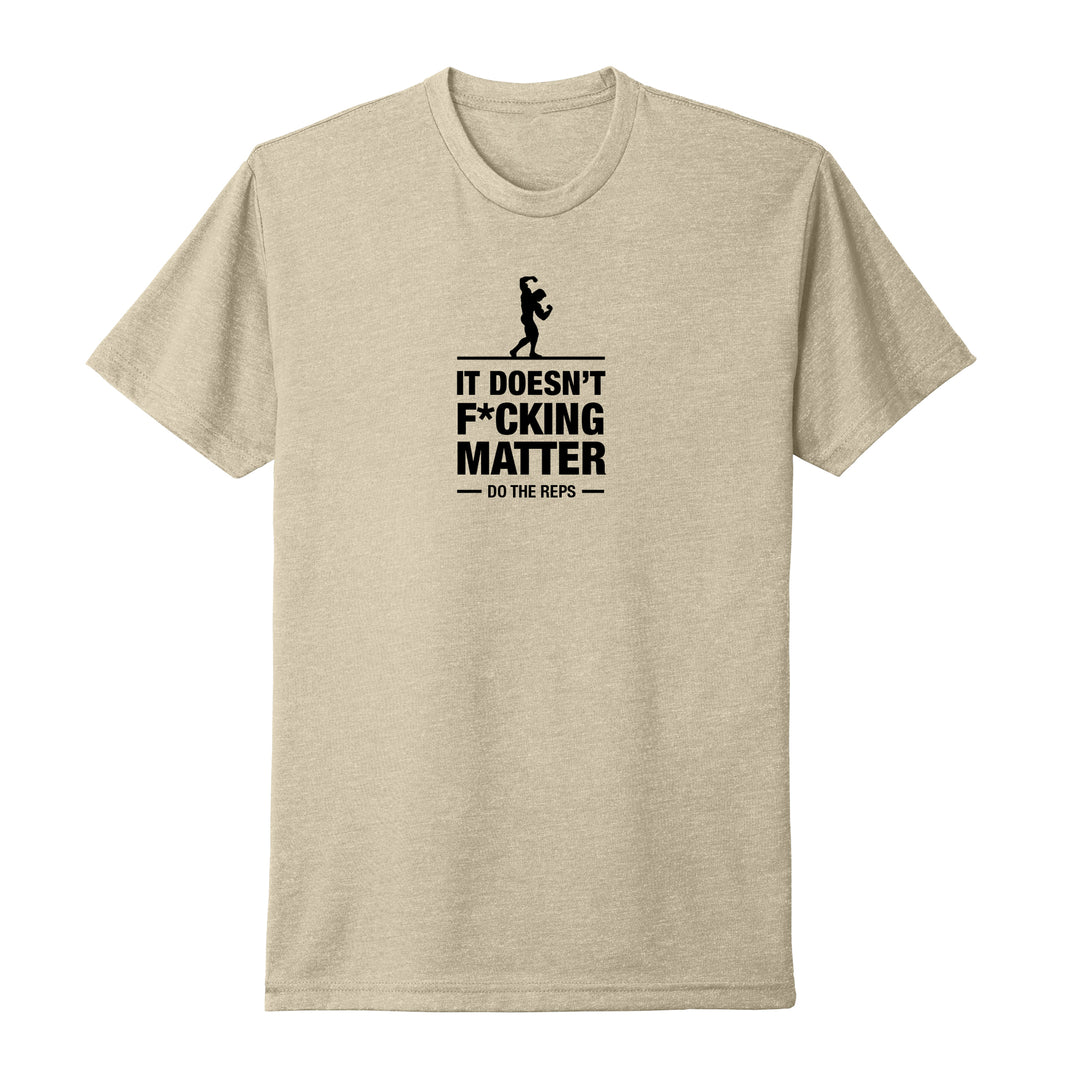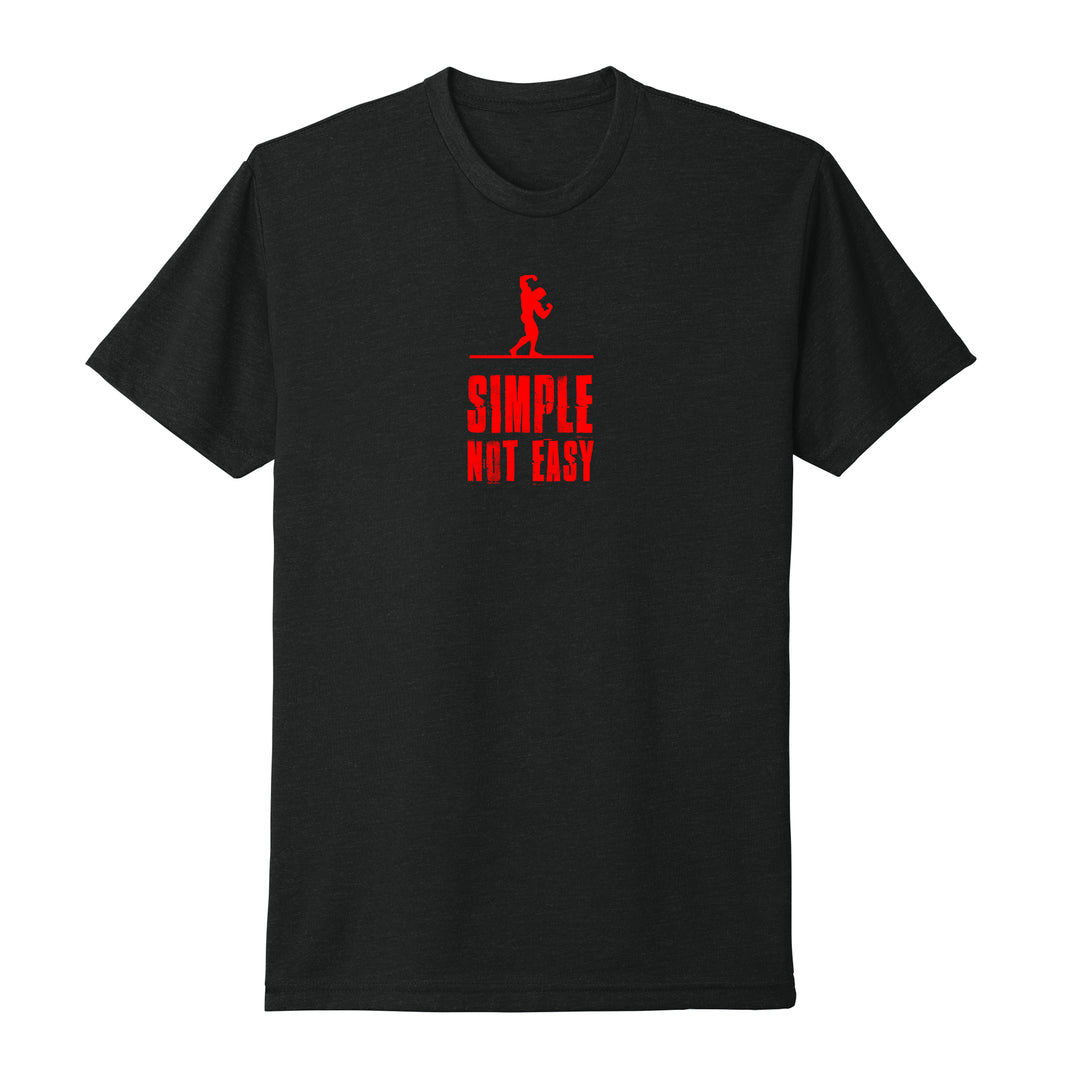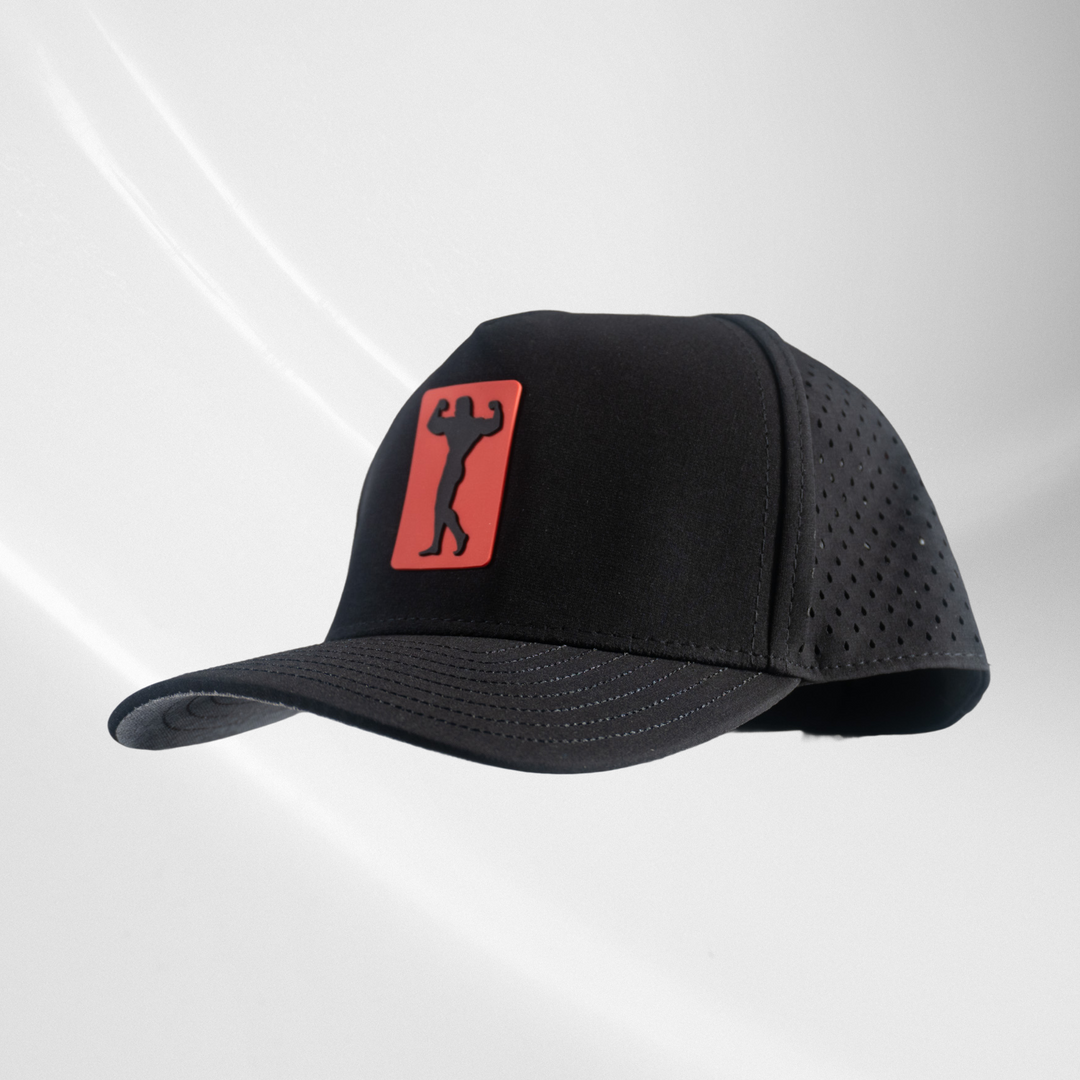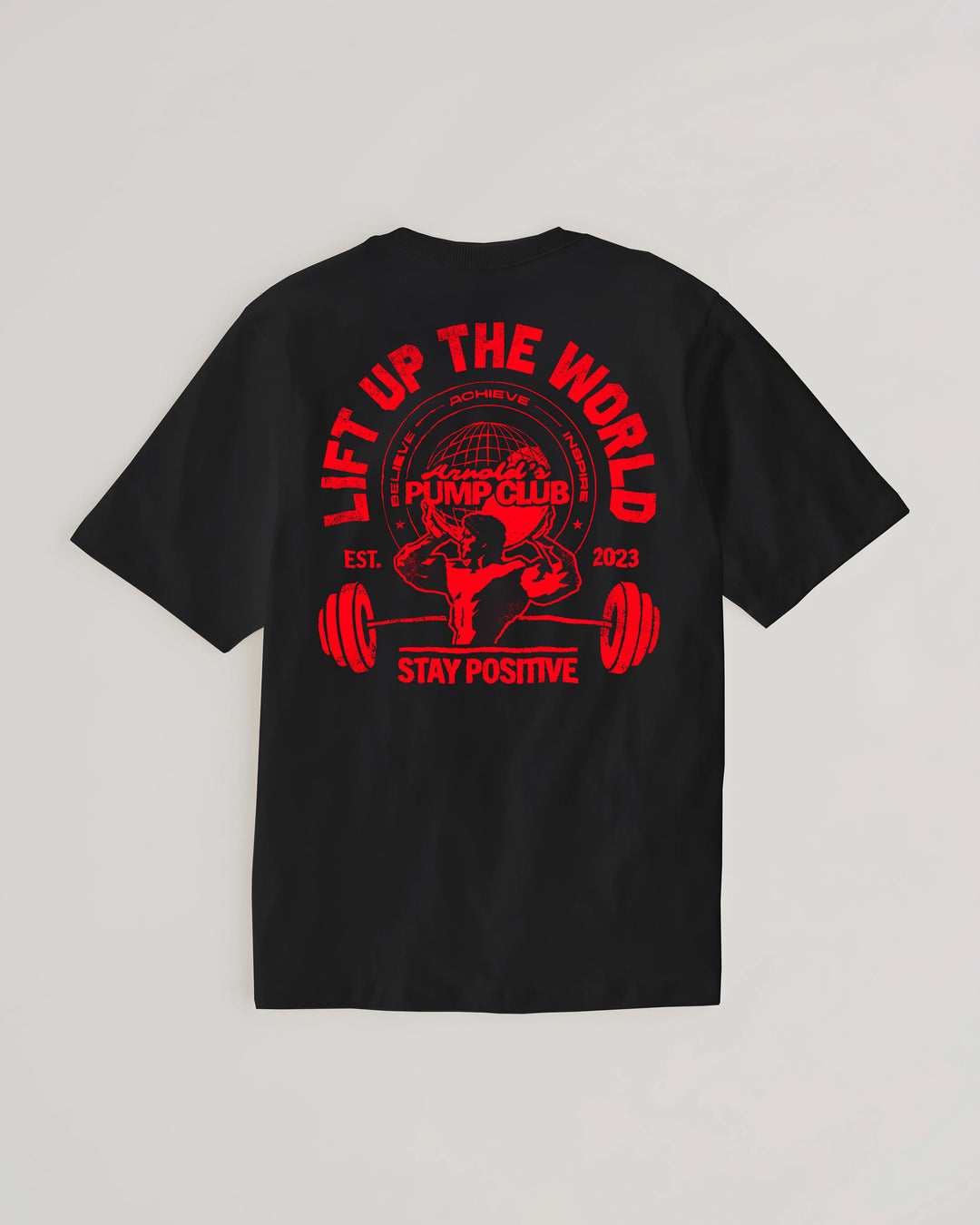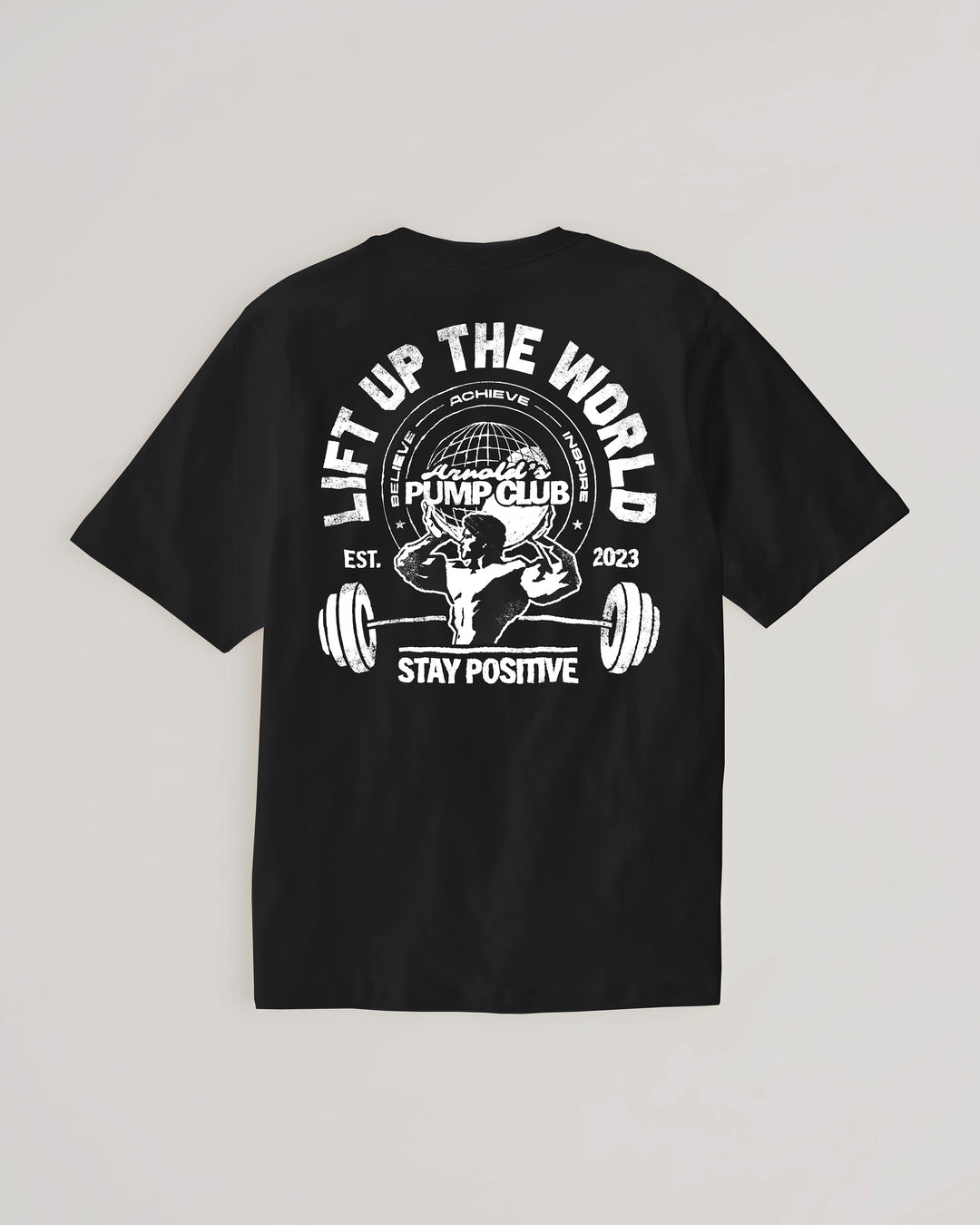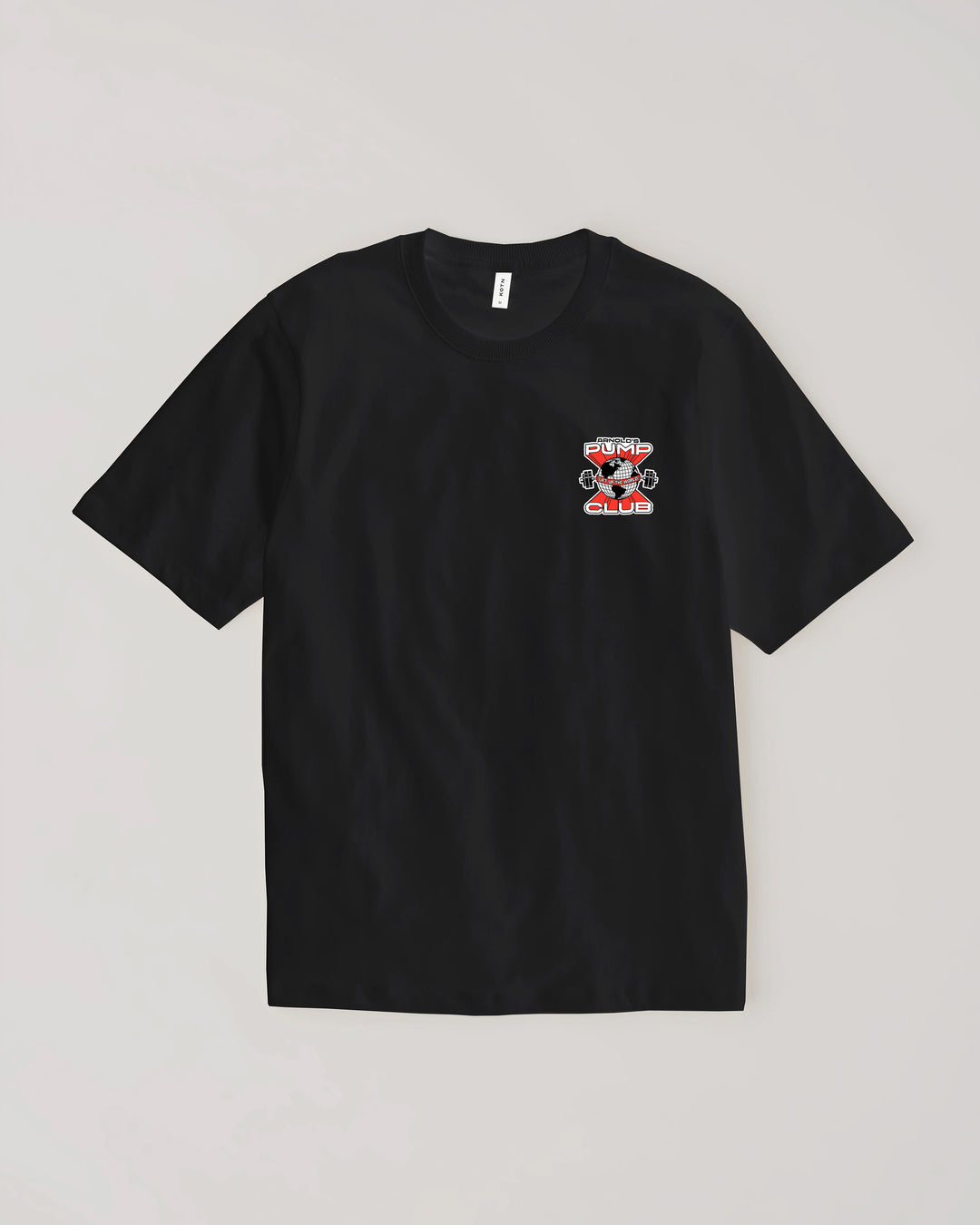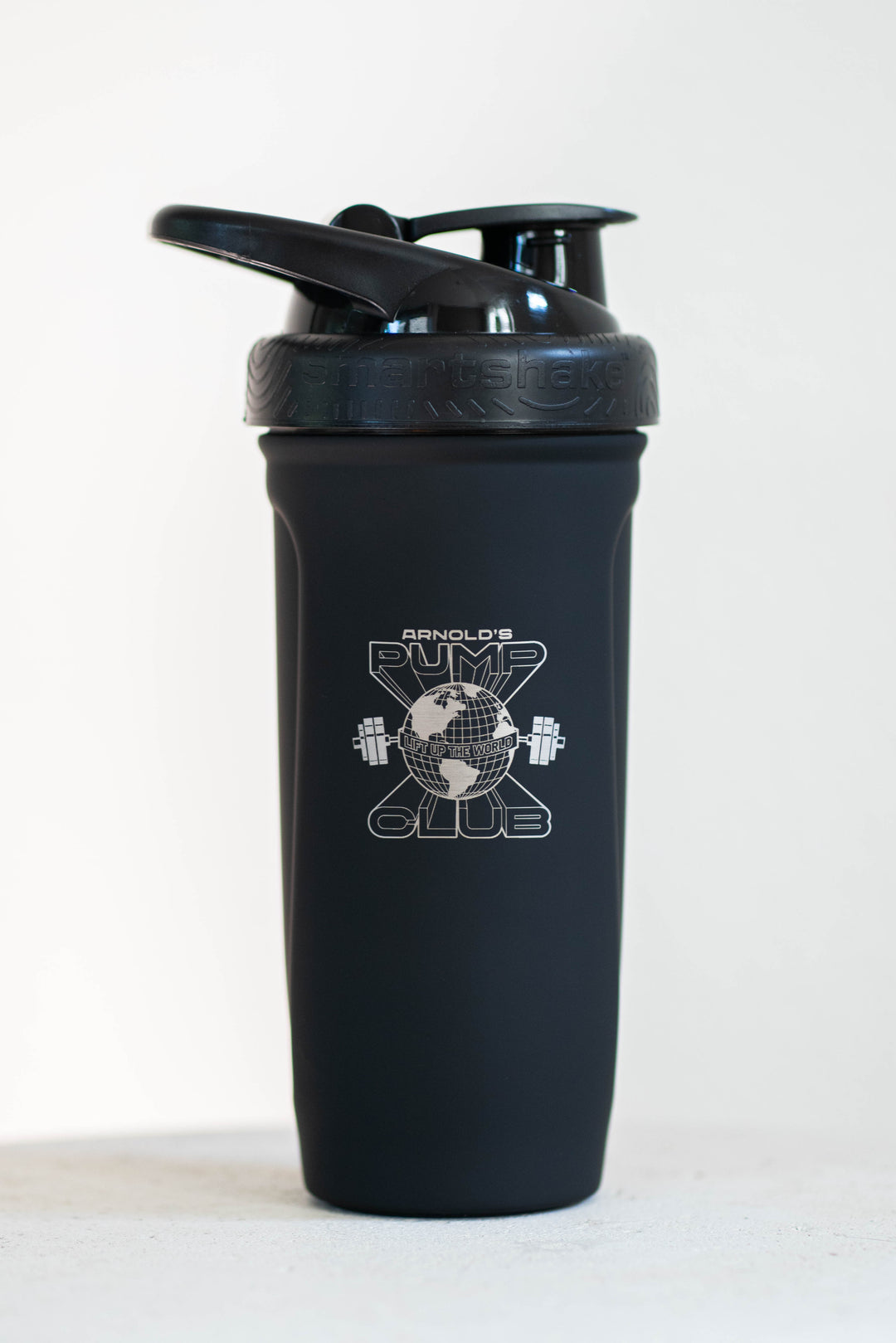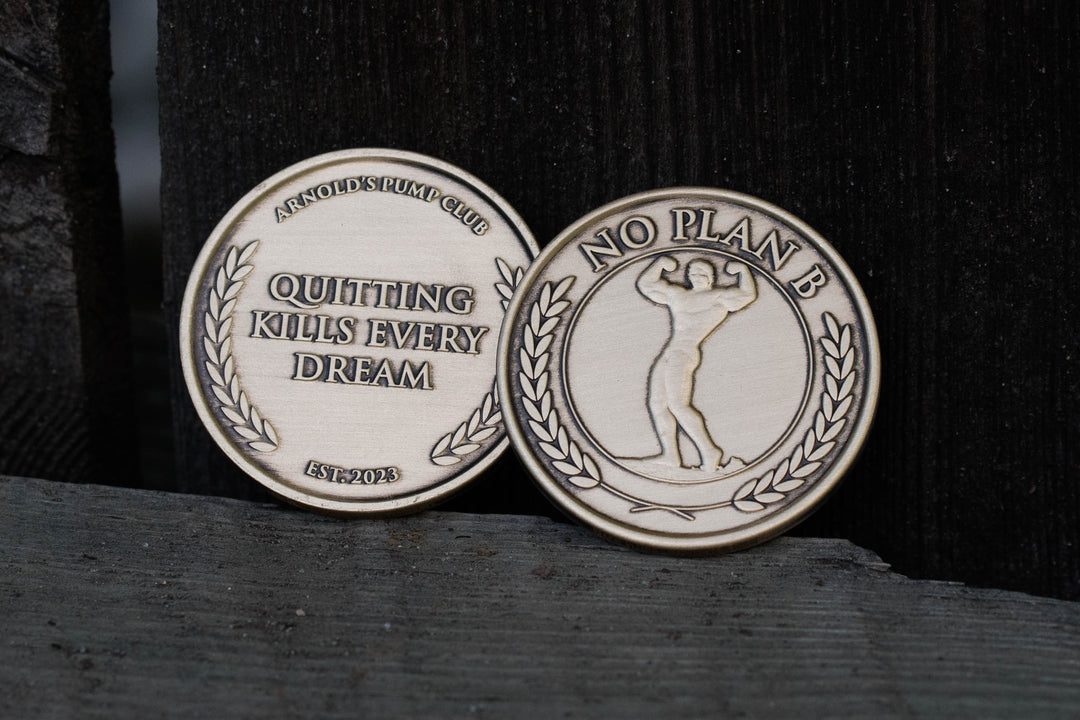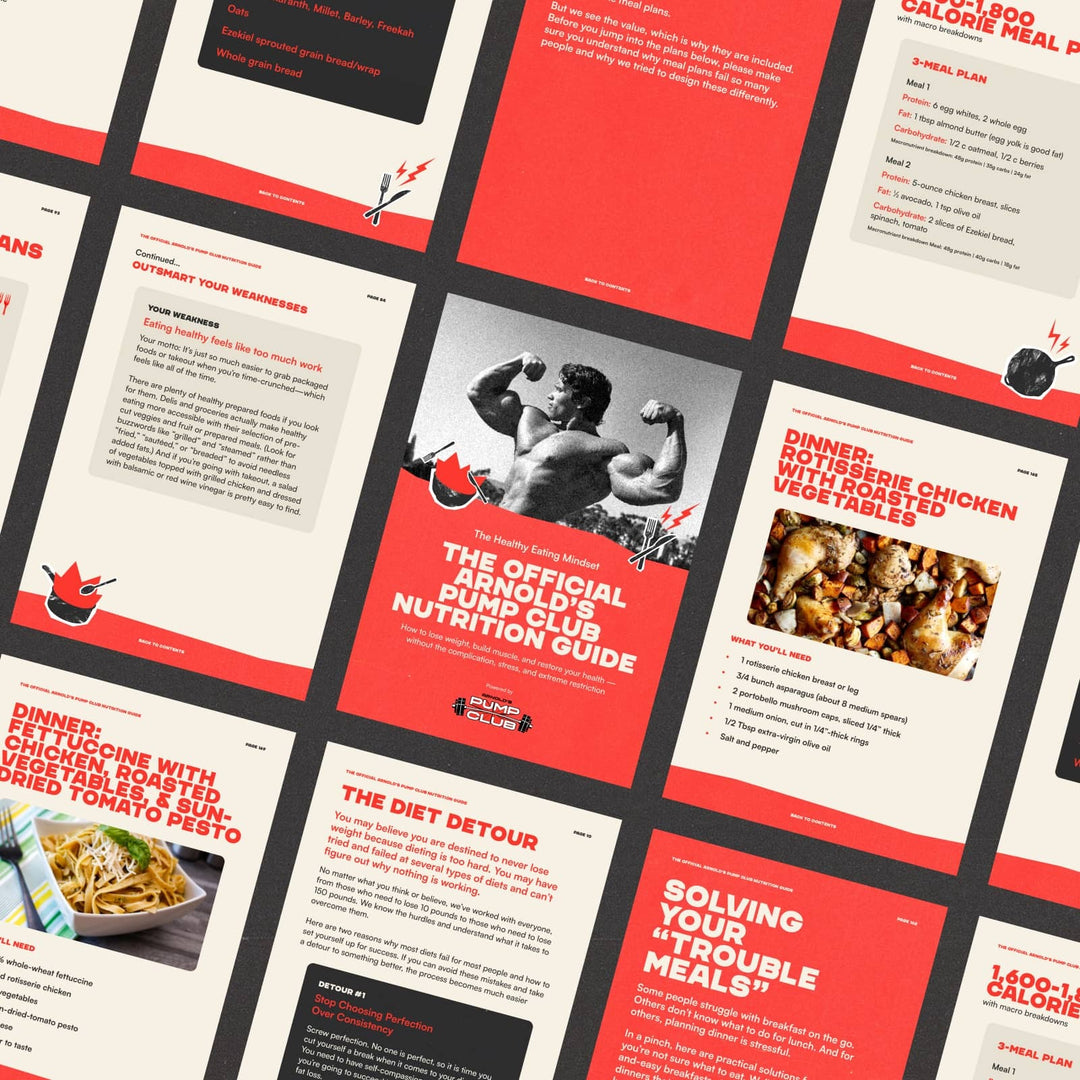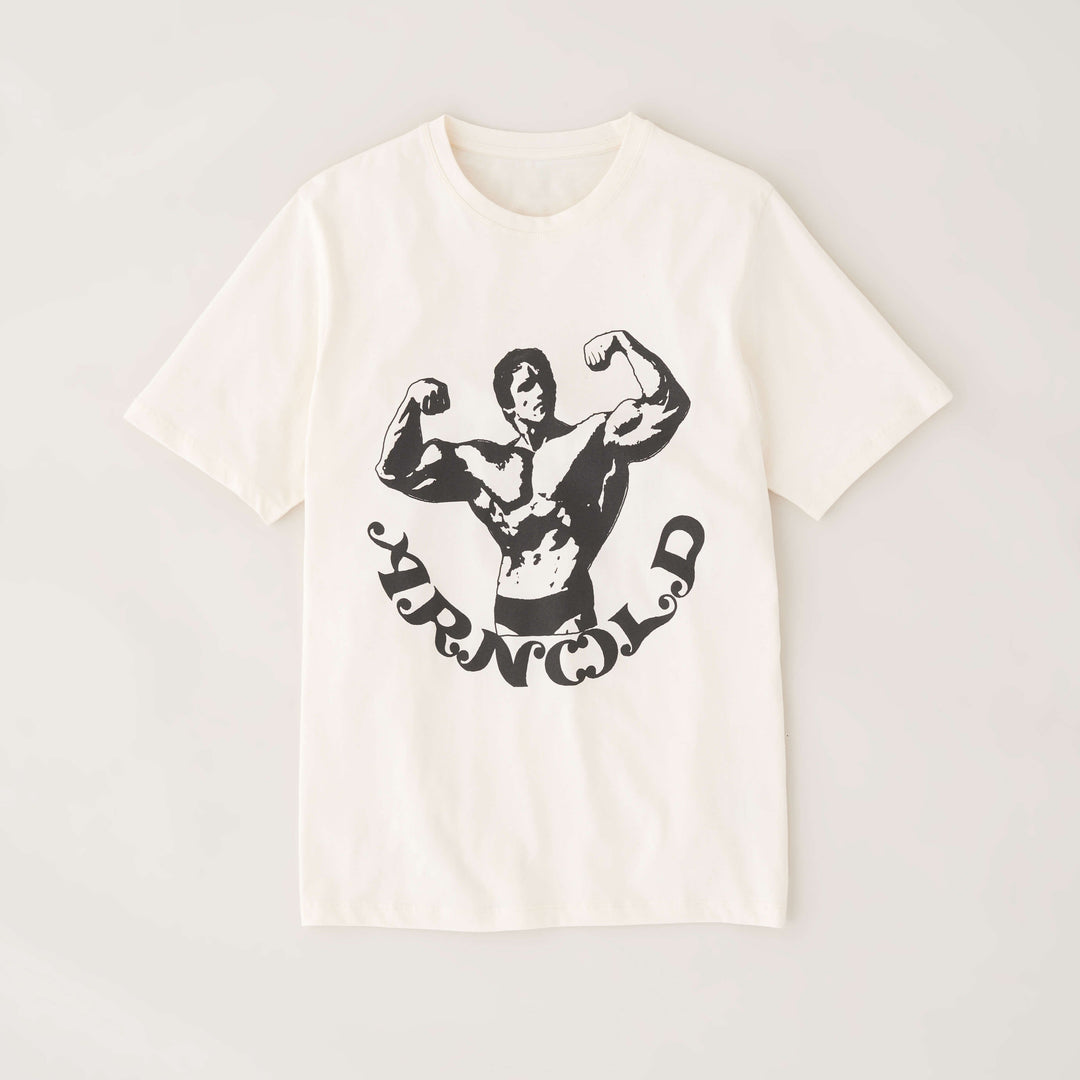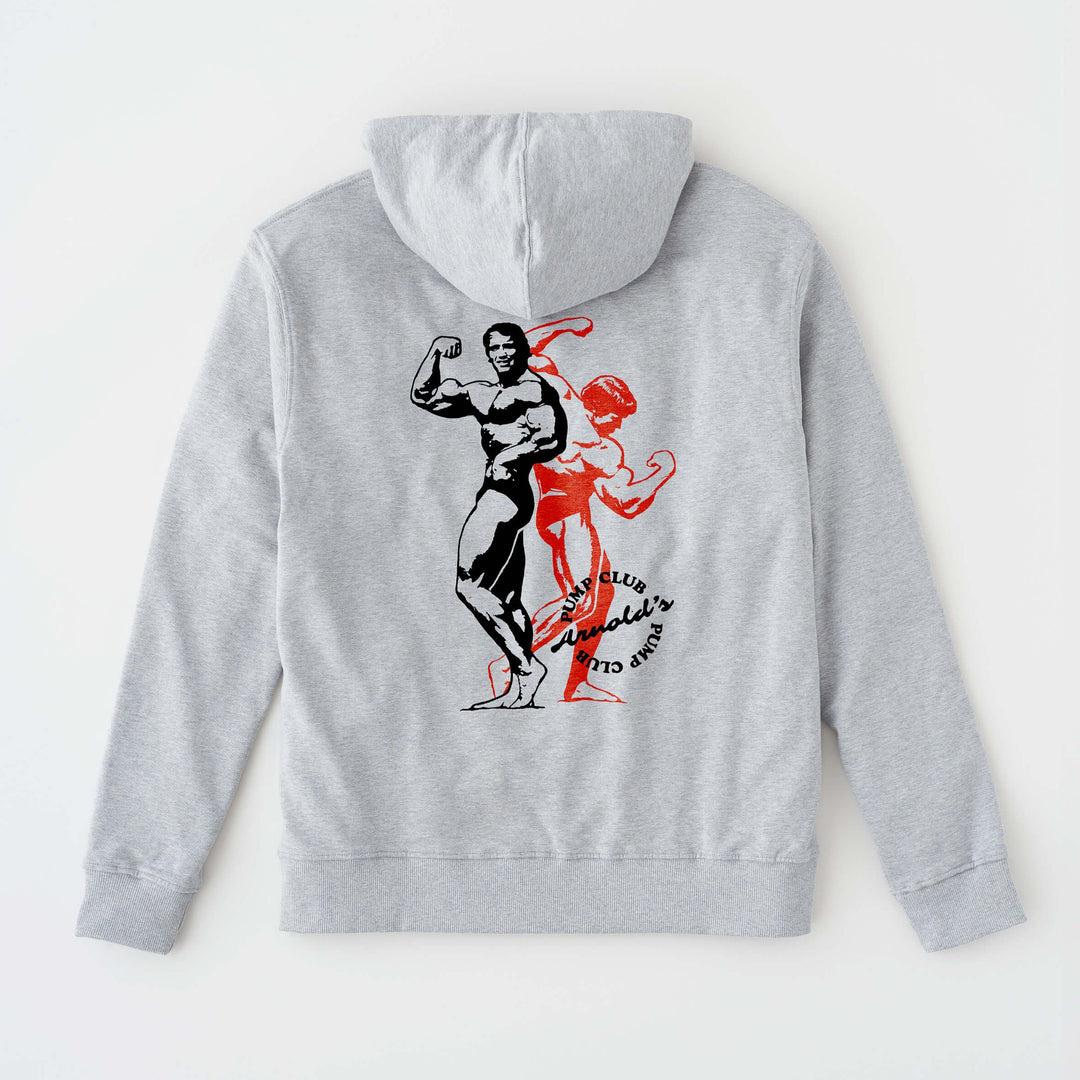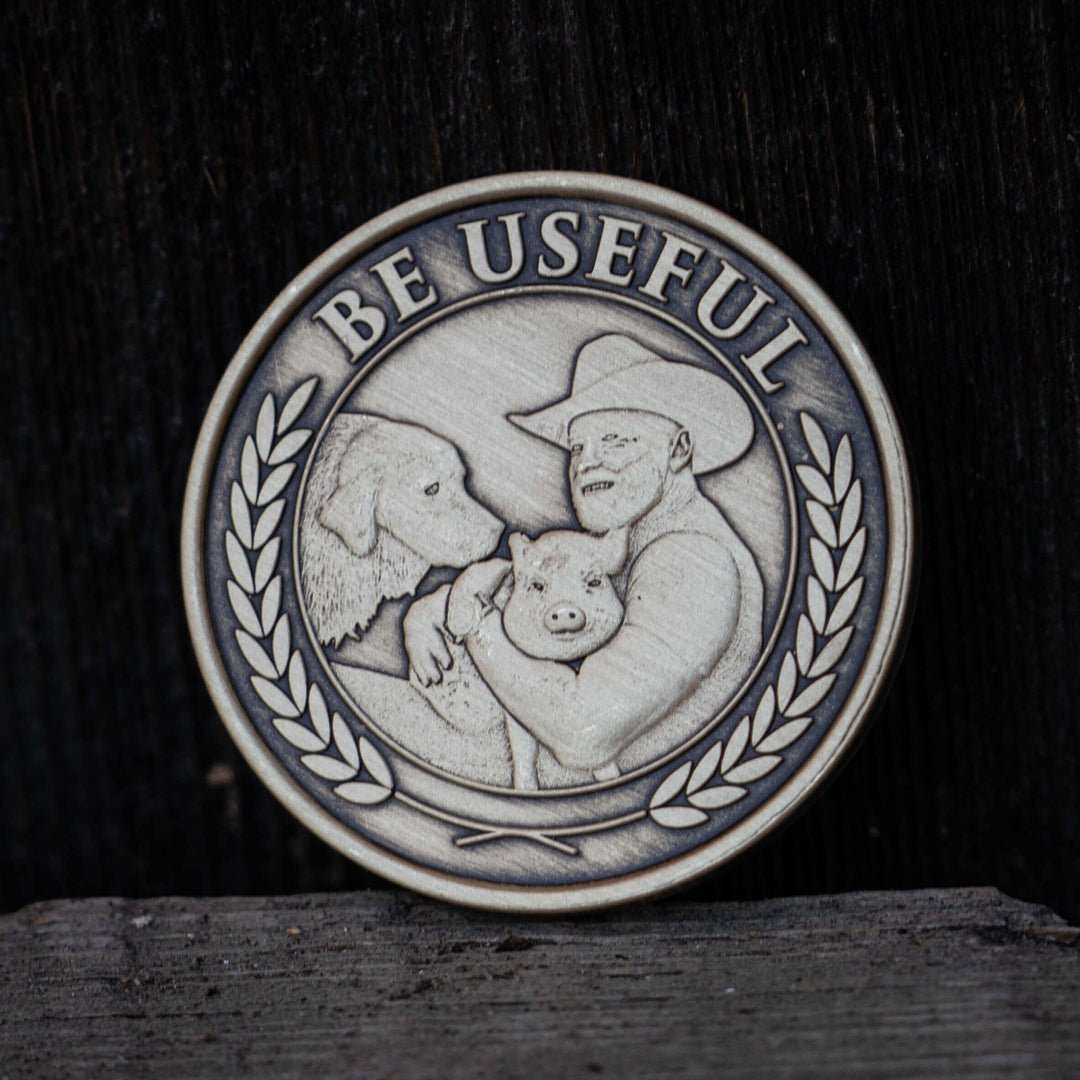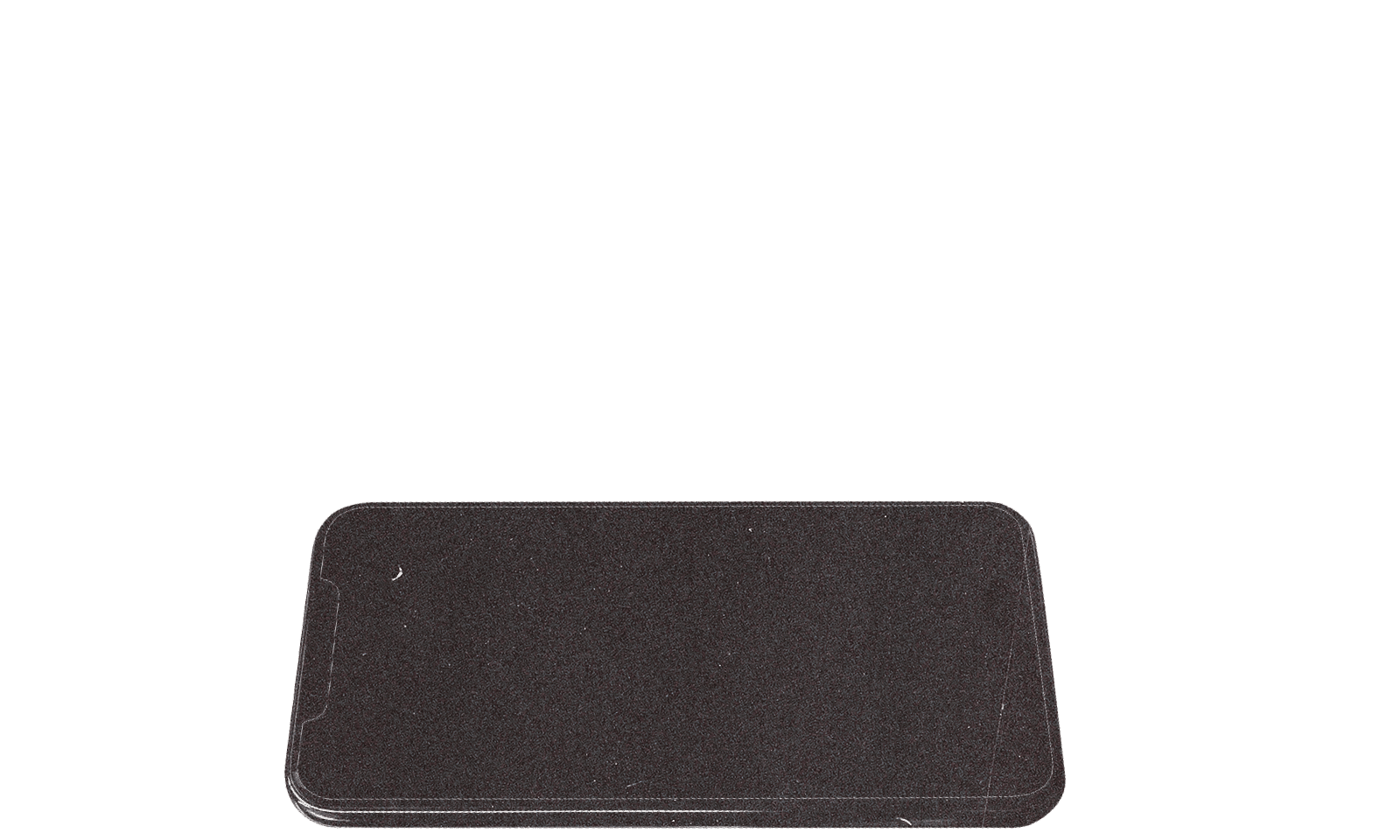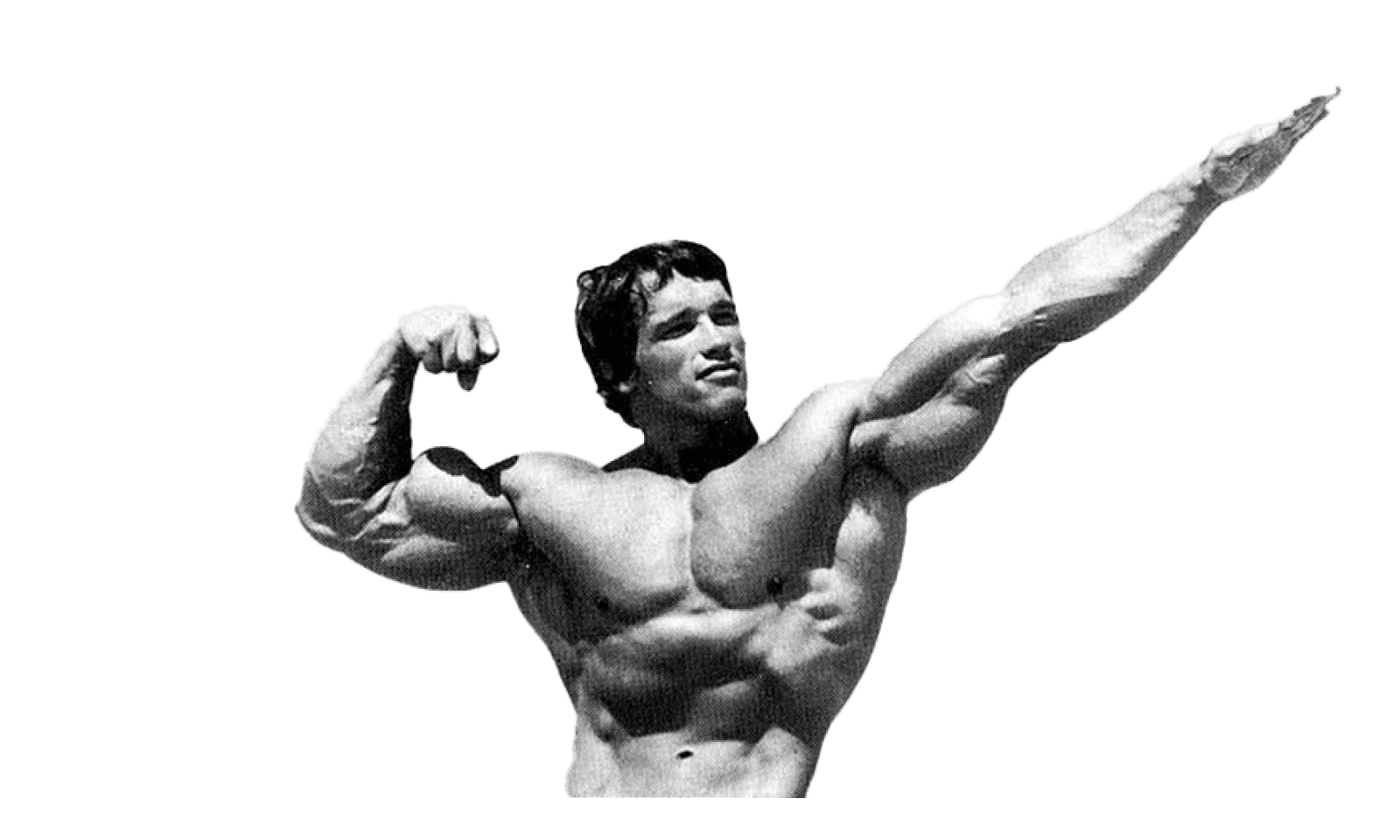How much would your health improve if you could make every rep, every set, and every exercise more effective?
This sounds like a slimy sales pitch, but when you train people and watch them move, you quickly realize that most people don’t know how to make exercises work the way they’re intended.
Today’s special report is all about tension. The following post is part of the exclusive content in The Pump Club app. Each week, we share articles, break down complex topics, and do live coaching calls.
Because our job is your health, and oftentimes, most people don’t even realize the subtle yet substantial mistakes they made, simply because they haven’t been shown otherwise.
This article was one of the most popular posts in the app because it made an immediate difference. The comments from this post included:
Now I feel like I've been lifting wrong this whole time! Thanks, will apply this to my next training session, and I’m so much more confident in what I’m doing.
Amazing how much you can make your body work with the right cues.
I have been doing this, just learned it here, and ITS INCREDIBLE!
Using the tension technique has given me more muscle growth than ever before, and I don’t lift super heavy.
This is university education degree level information, Adam! Thank you for such a great article.
Wow. Everything I haven't been doing! What an eye-opener. I'm ready now to turn coal into diamonds!
So, we decided to make this exclusive app content free for all APC readers. We hope you enjoy it, and, more importantly, experience the difference a little tension can make.
How To Make Every Exercise More Effective (The Art of Tension)
Why do some people seem to see dramatically better results from their time in the gym?
Yes, genetics matter. So does nutrition, how many years you’ve been lifting weights, if you sit throughout the day, and, ultimately, how much weight you can lift.
But there’s another variable that plays a far greater role and is often overlooked. So if you’re sweating day after day and not looking like the other people putting in the same work, it’s time to start asking why.
While it’s frustrating to put in time and effort and not see results, most people can fix it with a simple adjustment.
One of the biggest factors determining whether you’ll see the results you want comes down to two words: weightlifting technique.
More specifically, you need to learn how to create tension. If you want to start seeing your efforts pay off, it’s time to learn that it’s not always which exercises you select, but how you perform them.
And once you realize how to feel tension, it could change how you perform every movement and make every workout feel more effective.
Why Tension Matters
For a moment, forget your weightlifting technique and think about the bigger picture. We’ve talked about the importance of intensity and activating your motor units. This is why the “first set mindset” is so important and why you want to push towards technical failure. The more you activate your motor units when you are least fatigued, the more you can activate your muscle fibers and realize your full potential.
But other variables play a role in the success you have lifting weights, such as metabolic stress, mechanical tension, and muscle damage. Let’s focus on the first two because the third is a byproduct of the work you do.
Metabolic stress refers to the burning sensation you feel in your muscles as you pump out rep after rep. You can increase the amount of metabolic stress you produce by performing more sets or reps inside those sets.
Mechanical tension refers to the degree of engagement of your muscles when you lift.
People spend a mountain of time thinking about category number one. You’ve probably wondered many times about how many sets and reps you should perform and when and how often you should change those numbers over time.
Most people, however, don’t spend nearly as much time on category two (tension), which is a huge missed opportunity. This is where your weightlifting technique comes into play.
“Tension and its twin, relaxation, are the alphas of strength and conditioning,” says Dan John, a world-renowned fitness coach and author of several books on training. “They are the most important two concepts. And they are exact opposites of each other.”
The trouble with tension — like any weightlifting technique — is that it can be difficult to learn. Which also means it’s challenging—and time-consuming—to coach. Many trainers won’t take the time to teach it.
“When I’m teaching someone to do a correct kettlebell swing, I first have to teach them to grip the ground with their big toe. For a person who’s new to lifting, that might take a day,” John explains.
He adds that each of the other key elements of the exercises — buttcheeks squeezed together, abs firmly braced, lats pulled back, and then making all of this happen at once — takes days, if not weeks, to learn. “So teaching someone the kettlebell swing, which at the top, is basically a vertical plank, might take the better part of a few months. And yet I see people teach that exercise and 72 others on the first day of a class.”
To be fair to trainers, not everyone wants to take the time to learn any weightlifting technique. It’s not exactly as much fun as losing fat, building biceps, or seeing your abs pop. A big part of a trainer’s job is to make exercise fun to prevent you from being bored. After all, making exercise enjoyable will keep you doing it and coming back for more, and that’s when results happen.
But, here’s why you’ll want to take a little time to master the tension weightlifting technique (while still making your workouts fun)—and how it can make every exercise you perform more effective.
How Tension Prevents Injuries
Another secret smart trainers know is that creating tension can help you fix bad biomechanics and reduce the likelihood of injury or how much pain you experience when you exercise.
“I’d argue that a lot of what people call ‘lack of mobility’ can be attributed not to lack of flexibility but to lack of stability, which you can establish through coaching tension,” says Tony Gentilcore, owner of CORE, a training facility in Boston.
Here’s what he means. Let’s say you’re having trouble staying upright when you squat. Your torso leans forward as you descend. Many people will blame that on a lack of mobility in their thoracic spine (upper back). But there’s a good chance that what’s actually to blame is your core. You’re not stable enough in your midsection to descend as far as you should. If you learn to create more tension in your core, the “mobility issue” suddenly goes away.
Here’s how it works. If you’re an experienced lifter, perhaps you’re familiar with the terms “kinetic chain” and “energy leaks.” If not, here’s a quick primer.
The kinetic chain refers to the body’s joints (ankle, knee, hip, shoulder, etc.) working together.
Think of your body as a cohesive unit. When you walk, it’s just not your legs doing the work. Anyone who’s ever had a back injury knows this all too well because even the simplest (seemingly unrelated) movements can cause pain.
An energy leak occurs when there’s insufficient stiffness (a.k.a. tension) around one of those joints.
So let’s say you’re performing a back squat, and your knees cave inward. That’s an energy leak. And it’s a problem because not only does that leak put stress on the joints, but it also fosters a muscle imbalance.
When your knees cave in, your body asks the surrounding muscles to re-center your knee. Over time, you’re strengthening one set of muscles at the expense of another. (You’re also burning metabolic fuel that could otherwise be put toward another rep.)
Maybe that’s something you can get away with if you only use light resistance when you train.
But as the weight increases, the risk grows.
For advanced guys, you might have 400 to 500 pounds on your back. So to minimize injury risk, you’ve got to maintain full-body tension throughout the set.
What does that mean? When you think about lifting weights, you usually think about the muscles you’re working. But that’s just part of the story. You need to prepare your entire body for a lift, and oftentimes, it’s the muscles you wouldn’t even think about.
Staying with the squat example, most people worry about their knees or back (or both). But creating “full-body tension” oftentimes starts in neither of those two places. You’ll begin with your grip on the bar, then focus on your breathing and abs, which actually protect your back from injury.
When you take a big belly breath (think about filling your stomach with air so that, if you have a belt around your natural waist, it would feel tight), it creates a natural lifting belt that protects your spine. This is known as bracing your torso. (You can skip down to the section “The Problem: Incorrect Breathing” if you want to see it straight away.)
So, in this case, tension is protective. Your grip creates tension that sends a signal to your brain, saying, “I’m about to lift a heavy weight.” That’s important.
If you then “pull” your elbows down and back (imagine someone’s hands trying to push your elbows up, and you have to resist against them), you’ll engage your lats, which also protect your spine. Then, when you take your belly breath, you add the final piece of full body tension, which will protect your spine. This type of approach can prevent an energy leak that causes your form to break down and injury to occur.
Just as tension protects you when you squat, it keeps you safer during other exercises. A shoulder that’s engaged is less likely to wind up in an unnatural position when you overhead press. Having your torso firmly braced will help protect your lower back during deadlifts.
As mentioned earlier, the heavier weight you use, the more important weightlifting technique and proper tension become. The same is true for the number of reps—the more you perform, the more challenging it is.
Every rep beyond 5 or 6 or so becomes increasingly more challenging to do, so you open yourself up to more injury risk. That’s why low reps on the big lifts can be effective. It’s really hard to maintain that tension while maintaining good form.
How Tension Delivers Results You Can See
Tension isn’t just about playing it safe. In almost any exercise, even bodyweight movements like planks or push-ups, full-body tension can dictate what you get out of it and help put your body in an optimal position.
What do we mean when we say “full-body” tension? Exactly that: Your entire body. “It has to be from toes to forehead literally,” John says. “If I ask you to do a plank and you forget to breathe because you’re so tense, that’s when I know you’re doing it right.”
In fact, go ahead and try that right now. Do a plank while creating as much tension as possible within your body. Here are a few cues that will probably change the way you think about planks (and make the thought of going for 60 seconds seem like the hardest thing you’ve ever done).
Push out through your heels while pulling your elbows toward your toes.
Squeeze all of your muscles: That means pressing through your forearms into the floor.
Contract your glutes as hard as possible, as if you’re trying to crack a walnut. Squeeze your abs tightly as if you’re about to be punched in the gut, repeatedly. Even flex your calves. That’s called an RKC plank, which differs from the way most people will do planks.
Try it, and you’ll see that a plank can fry your entire body in a matter of seconds; 5 seconds is a great place to start, and 15 is a mighty hold.
In addition to making exercise more efficient, learning to create tension can improve the “mind-muscle connection.” Any bodybuilder will tell you that this link helps you activate the muscles you actually want to work when you exercise.
Studies show that both internal focus (i.e., you trying to direct your body’s efforts with your mind) and external verbal cues (i.e., a coach telling you to focus on a specific part of a move) can increase certain muscle activations, so focusing on tension should help you produce better results.
Here’s the tricky thing: When you start trying to create full-body tension in your workouts, you’ll probably wind up feeling weaker at first. While your performance (especially total reps) may suffer at first, the strength gains you make by using proper full-body tension will transfer better to the real world.
Translation: You won’t be one of those people who can leg press hundreds of pounds but can’t move a couch. And as you get used to using full-body tension, you will, in time, surpass your previous numbers. Eventually, you will be stronger than you were.
How To Create More Tension
We know that we’ve given you programs that work. And through our Q&As and ever-expanding video library (we’re going to be recording more exercise demos soon), we’ll continue to give you all the access, support, and accountability you need to perform every exercise in a way that delivers results.
But master movements is about more than just watching videos or reading articles. There’s a mental component of creating tension and activating your muscles. Here are some of the things you can try right away to start ensuring optimal tension for all of the exercises you perform:
First, let’s set a ground rule: you might find that by focusing on tension, you’ll be performing fewer reps per set—at least initially. We know you might not love this, but think of it as one step back, ten steps forward. Your workouts will still feel hard — maybe even harder.
And coaches agree that while improving full-body tension will eventually become second nature, early on, it can make everything feel more difficult, so no need to increase the risk of error by doing more reps.
Full-body tension may sound like a lot to learn. After all, you have more than 600 muscles, but nearly all of the cues you’re going to learn come down to five areas: Your shoulders, core, butt, feet, and grip. If you were to scan just those five things on every exercise and make sure they are engaged, you’ll make a lot of progress right away.
How To Upgrade Your Grip
The trick is learning exactly how to cue those muscles for the different exercises you do. Probably the easiest cue to learn, and the one people fail to do the most often, is gripping the bar.
We mean really grip it.
Too many people, when they’re doing an exercise like dumbbell curls or farmer’s walks, will just secure the dumbbell handle between their thumb and first two fingers.
You want to have every finger in your hands be at an “I’m about to crush this bar!” level. For barbell work, that means squeezing the life out of the bar while simultaneously trying to pull the bar in opposite directions (think about removing a sword from a sheath). If you’re just squeezing the bar as hard as possible, that kind of cues the rest of your body. The tension will radiate out from your hands.
How To Upgrade Your Core
The next spot you want to work on is your core. Because the core includes your abs and hips, tension will make a big difference in squats, deadlifts, and overhead presses. The quick-and-dirty answer is to say “brace” your core. What does that mean? As we mentioned before, pretend you were about to get punched in the gut—or better yet, shatter a 2×4 with your abs.
Produce something even close to that kind of engagement in your midsection, and you’ll be better off when you lift—and you’ll provide more support and stability to your spine.
A good way to learn proper core engagement for movements like pull-ups is to try this “hollow” position drill from Gentilcore (and note how it isn’t so “hollow” after all; you definitely are not doing a “suck and tuck” here, no matter what old-school ab training or bad Pilates instructors might have told you). And to make sure you aren’t creating all of this stiffness at the expense of your mobility, try Dr. John Rusin’s hybrid quadruped position drill.
How To Upgrade Your Shoulders
Some of the common cues you’ll hear for your shoulder are “pack the shoulder,” “flatten your shoulder blades,” “pull the lats down,” or “flex the pecs and lats.”
All of them are trying to achieve basically the same thing: For you to keep your humerus (the upper arm bone) in your shoulder socket. Gentilcore tells his clients to “pretend like you’re squeezing an orange in your armpit during the entire rep and you’re trying to make orange juice” on lifts like the Deadlift.
Try it, and you might be surprised by what you feel in your shoulders and back and how much lighter the weight becomes.
How To Upgrade Your Glutes
On just about every exercise where you’re standing, your butt should not be relaxed. You want it engaged and supporting your body. What does that mean? Squeeze the cheeks, or even “turn coal into a diamond in your butt cheeks.”
How To Upgrade Your Feet
Lastly, let’s talk about your feet. Just as your grip can help you generate tension throughout your arms, firmly pressing your feet (especially your toes) into the ground can send tension up your lower legs.
Coaches will often tell you to “grip the floor with your toes” (as Dan John described earlier), or “screw your feet into the floor,” or “push the floor away from you.”
Use whichever one you find the most useful. One other note for your legs: Push your ankles out. Same with your knees. Valgus knees, or having your knees collapse inward when you lift, is a form flaw that can lead to many issues and injuries.
Learning Tension Is A Process (So Be Patient)
Ready to start putting these cues to work and getting more out of your training? Good. But there’s one last thing you should do: Be patient.
Every coach we spoke to agreed that cues are an essential way to help our brains trigger tension. But any lifter who’s been coached has experienced information overload at some point. You’re doing a squat, then someone tells you to screw your feet into the floor. Then they ask you to pull down your lats. Then, they tell you to brace your core. The result of trying to do too much at once? You get confused.
So, instead, try focusing on one or a few aspects of tension at a time. We say it all the time, but small changes add up to significant results.
As they become second nature to you, add a new cue. You’ll be doing this stuff in time without even thinking about it.
Full-body tension takes time to master. Tension is an underappreciated concept. It’s something you can get better at no matter your experience level, and the results will continue to pay off in new ways on an endless number of exercises.
—
Publisher: Arnold Schwarzenegger
Editors-in-chief: Adam Bornstein and Daniel Ketchell








